Apostasia odorata Blume, Bijdr. Fl. Ned. Ind. 8: 423 (1825).
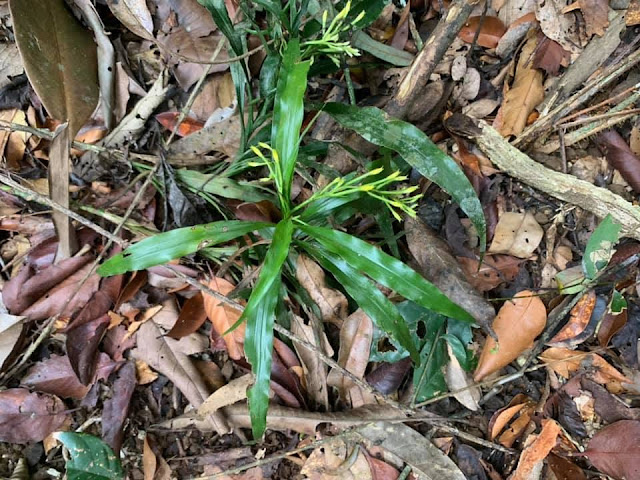 |
| Apostasia odorata Blume, Photos by Trương Quang Cường |
its native range is Arunachal Pradesh to S. China and Malesia.
Latinh Name:
Apostasia odorata Blume
Family:
Orchidaceae Juss.
Synonym:
Apostasia platystylis J.J.Sm.
Apostasia selebica J.J.Sm.
Apostasia thorelii Gagnep.
Mesodactylis odorata (Blume) Endl.
Vietnamese name:
Cổ lan thơm; Giả lan lá rộng..
English Name:
The Scented Apostasia.
Chinese name:
拟兰 - ni lan
Description:
Plants 15-40(-50) cm tall. Rhizome elongate; roots proplike, 1-3 mm in diam. Stem erect or prostrate toward base, usually not branched, with several tubular sheaths toward base. Leaves many; blade lanceolate to linear-lanceolate, 6-18 × 0.7-1.9 cm, apex with an awn 3-11 mm; petiole-like base 1-2 cm. Inflorescence terminal, often nodding, conic, with 1-3 lateral branches, usually more than 10-flowered; floral bracts ovate to ovate-lanceolate, 4-9 mm. Flowers ca. 1 cm in diam.; ovary and pedicel 15-22 mm. Sepals pale yellow, narrowly oblong, 6-9 × 1.5-2.4 mm, 3-veined, margin crisped, apex shortly mucronate. Petals similar to sepals but with thickened midvein, pale yellow; lip similar to petals, ca. 10 × 2.5 mm. Column ventrally with 2 projecting wings below staminode; wings quadrate, ca. 0.7 mm, longitudinally sulcate; filaments ca. 1 mm; anthers sublinear, 4-5 mm, base sagittate, apex apiculate, with locules unequal in length; staminode subcylindric, slightly shorter than style, adnate to style for most of its length though distal ca. 1 mm free; style 5-6 mm, extending slightly beyond anthers, apex with slightly dilated stigma. Capsule cylindric, 15-20 × 2-3 mm.
Distribution:
Assam, Borneo, Cambodia, China South-Central, China Southeast, East Himalaya, Jawa, Laos, Malaya, Maluku, Myanmar, Sulawesi, Sumatera, Thailand, Vietnam (Lào Cai, Phú Thọ, Vĩnh Phúc, Tam Đảo, Ba Vì, Đắk Lắk, Đồng Nai, Hà Tĩnh, Khánh Hòa, Quảng Bình, Lâm đồng).
Ecological:
In shady, broad-leaved, evergreen and coniferous, lowland, submontane and montane forests on shale, sandstone, granite, gneiss, rhyolite and quartzite at elevations of 250 to 1700 m
Flowering times:
Blooms in the spring.
Flower size:
2.5 cm.
Cultivation:
Warm growing terrestrial, keep in shade in humus-rich soil, well-watered throughout the year. Apparently very difficult to grow, as various attempts to introduce it into cultivation at the Hortus Botanicus at Leiden have all met with failure.


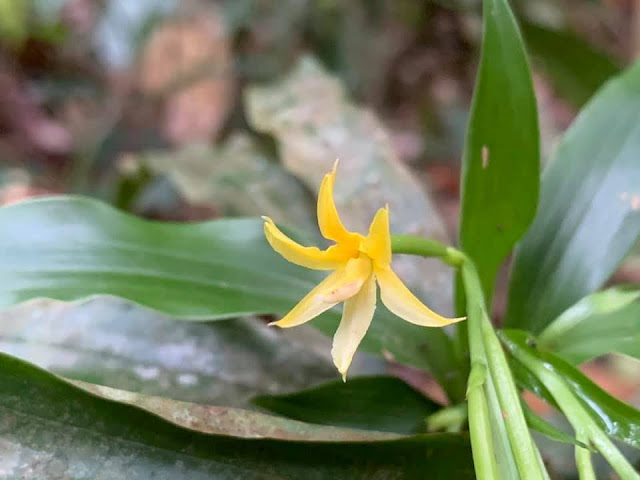
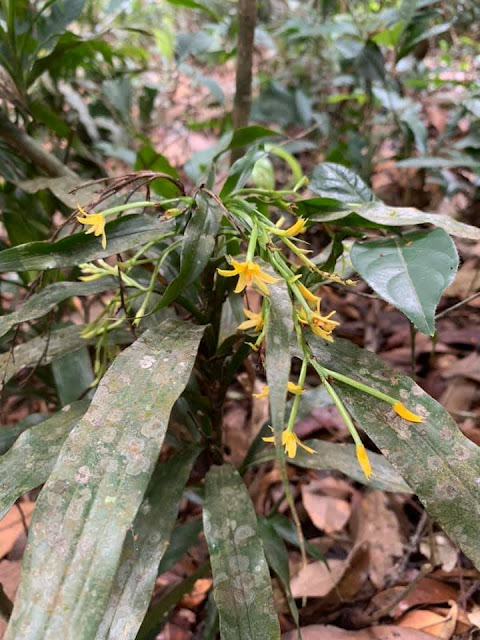
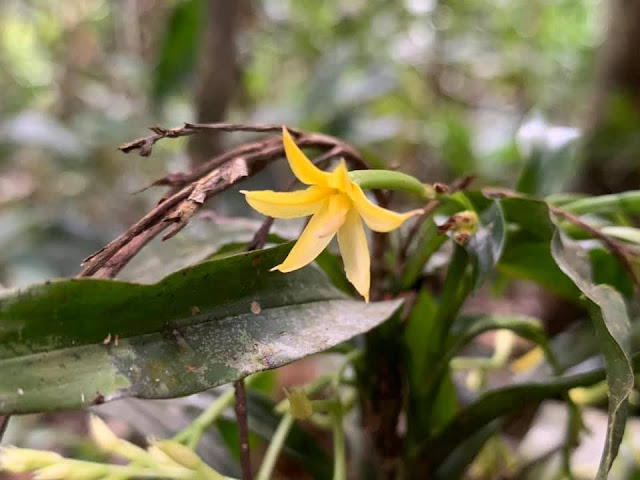
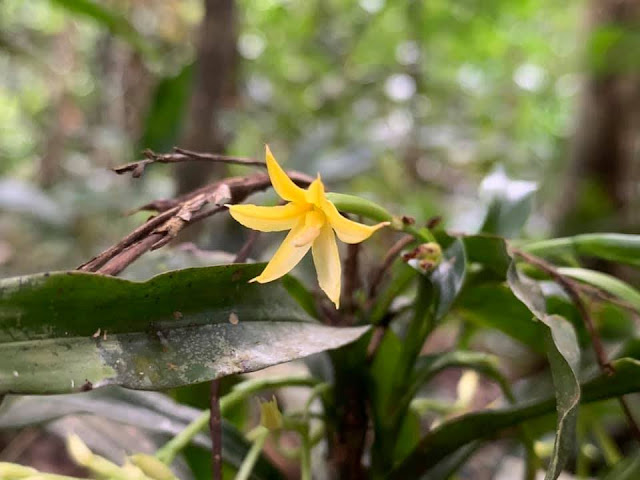
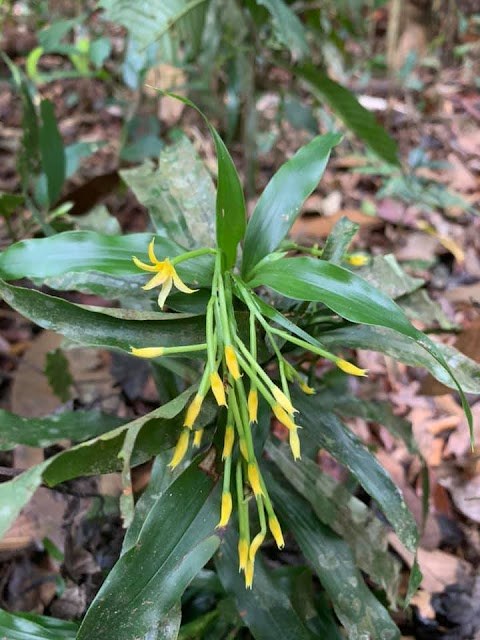
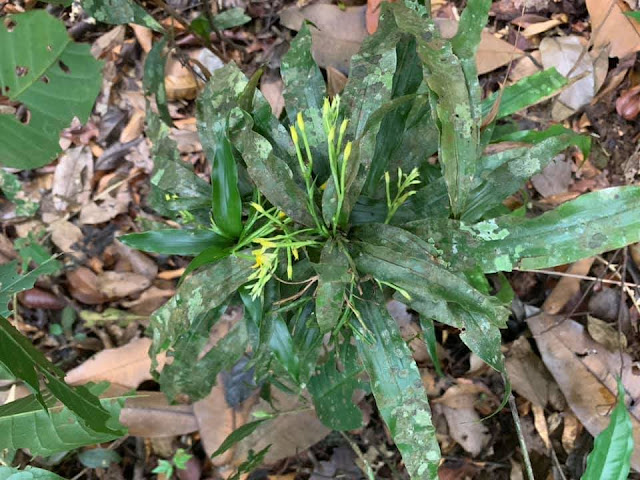

0 Comment:
Post a Comment